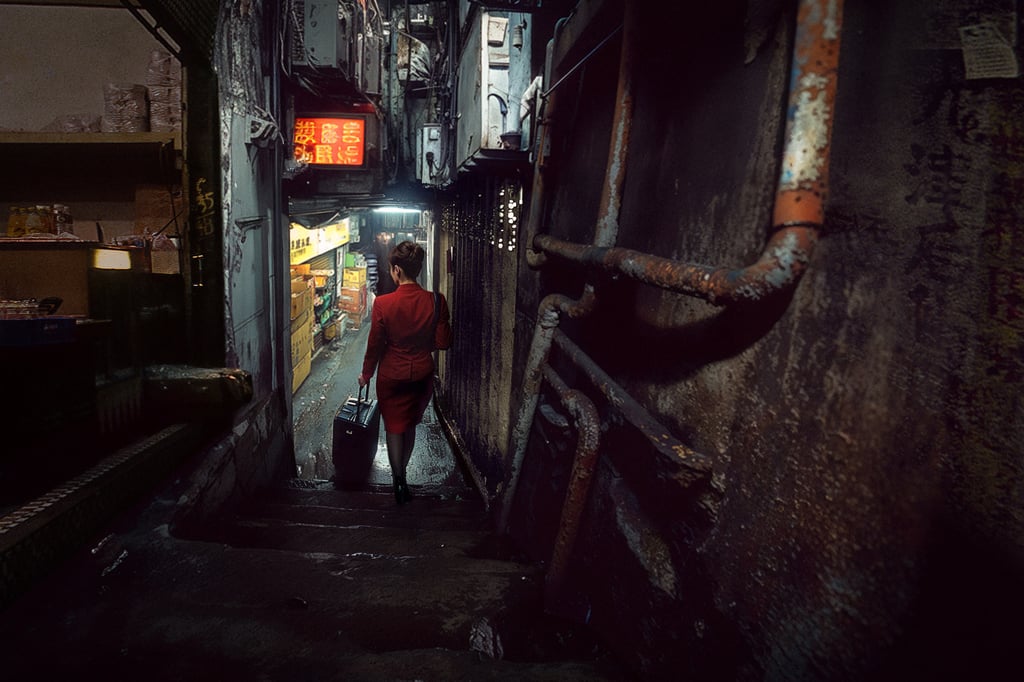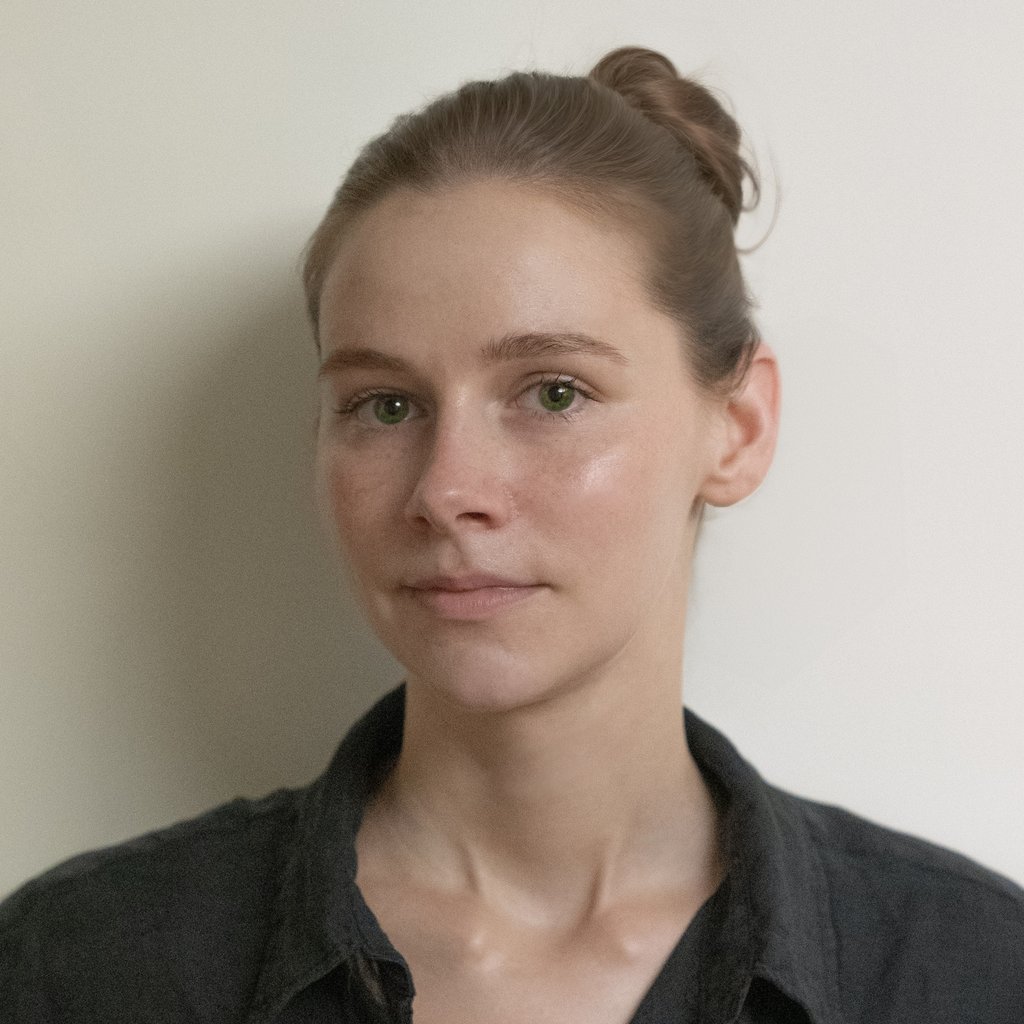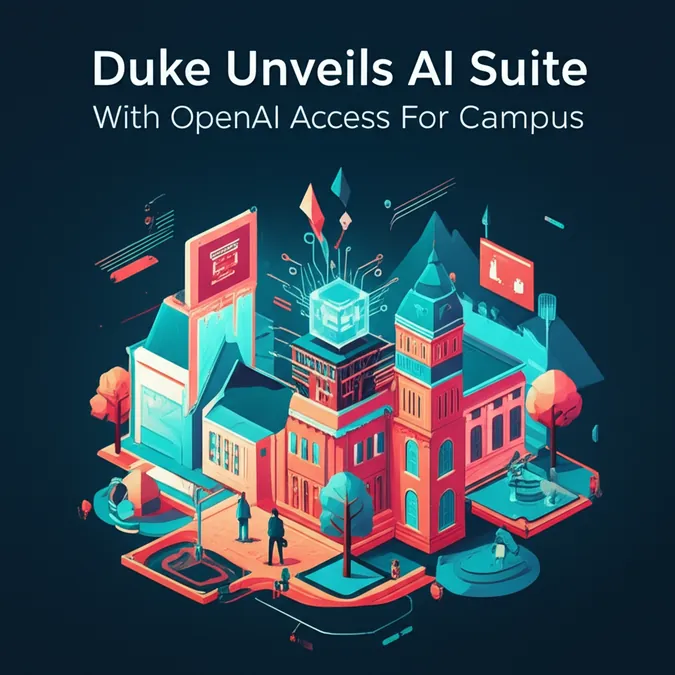Hong Kong Artists Champion AI Creative Potential
Christie's AI Art Auction Ignites Controversy and Success
Despite significant opposition, including an open letter signed by over 6,500 artists calling for its cancellation, Christie's "Augmented Intelligence" artificial intelligence (AI) art auction, held from February 20 to March 5, proved to be a commercial triumph. The event successfully brought in over US$728,000, with 28 of the 34 AI-generated pieces on display finding buyers. This outcome highlights a growing, albeit contentious, interest in AI's role in the art world.
Artists Raise Alarm Over Copyright and AI Training Data
The open letter, addressed to auction hosts Nicole Sales Giles and Sebastian Sanchez, voiced strong objections from the artistic community. It stated, “Many of the artworks you plan to auction were created using AI models that are known to be trained on copyrighted work without a licence. These models ... exploit human artists, using their work without permission or payment to build commercial AI products that compete with them.”
The letter further argued, “Your support of these models ... rewards and further incentivises AI companies’ mass theft of human artists’ work.” These statements underscore deep concerns within the creative industry regarding intellectual property and the ethical implications of training AI on existing artworks.
 This work by Bianca Tse used AI to generate an impression of the Kowloon Walled City in Hong Kong. Photo: Handout
This work by Bianca Tse used AI to generate an impression of the Kowloon Walled City in Hong Kong. Photo: Handout
Hong Kong Artists Championing AI's Creative Potential
However, not all artists view AI as an adversary. In Hong Kong, a number of creators are enthusiastically embracing AI, some even adopting it as their primary creative tool. Bianca Tse is one such artist, who believes many misunderstandings cloud the discussion around AI art and its underlying technology.
She notes that prominent artists, such as Refik Anadol, whose work was featured in the Christie's auction, often train their AI models using their own original work or curated data sets. In these instances, Tse asserts, the copyright claims should "clearly" belong to the artist.
Demystifying AI How Generative Models Learn
Bianca Tse offers further insight into how commercial AI models operate. “My understanding of commercial AI models is that they don’t target specific artists’ works, but are trained on vast data sets comprising trillions of images from various sources,” she explains. Tse draws a parallel to human learning: “The AI learns to imagine and create – much like how a human artist learns by observing and interpreting the world around them.” This perspective reframes AI not as a mere copier but as a system capable of a form of synthesized creativity.
From Threat to Collaborator An Artist's Evolution
Tse, a graduate of the Hong Kong Polytechnic University School of Design, shares that her own perception of AI underwent a significant transformation. Her "big turning point," she says, occurred when she ceased to view AI as a menace and began to see it as a “powerful creative partner.” This shift in mindset allowed her to explore new artistic avenues facilitated by AI technology.
 Liza Dorrer. Photo: Handout
Liza Dorrer. Photo: Handout
The AI Art Debate The Role of Technology
Adding to the conversation is Liza Dorrer, who is currently completing her PhD at the Hong Kong University of Science and Technology (HKUST). Dorrer also teaches specialized courses on AI image-generation tools like Midjourney and Stable Diffusion for interior designers and architects. She believes that the debate surrounding whether AI art constitutes “real” art is fundamentally tied to understanding the technology that drives these creative tools. Her work focuses on educating others about these platforms, fostering a more informed discussion about their capabilities and implications for creative fields.


